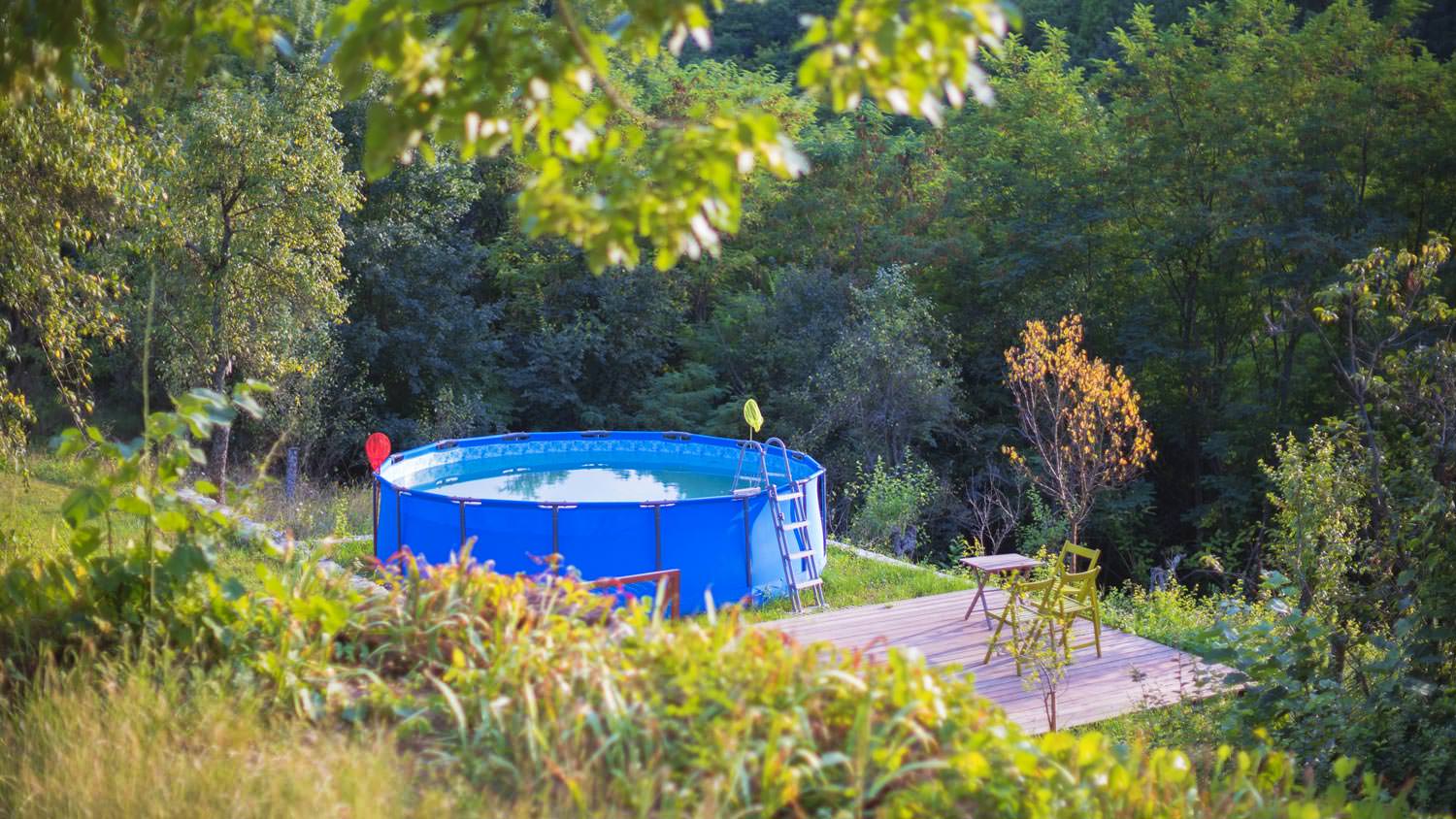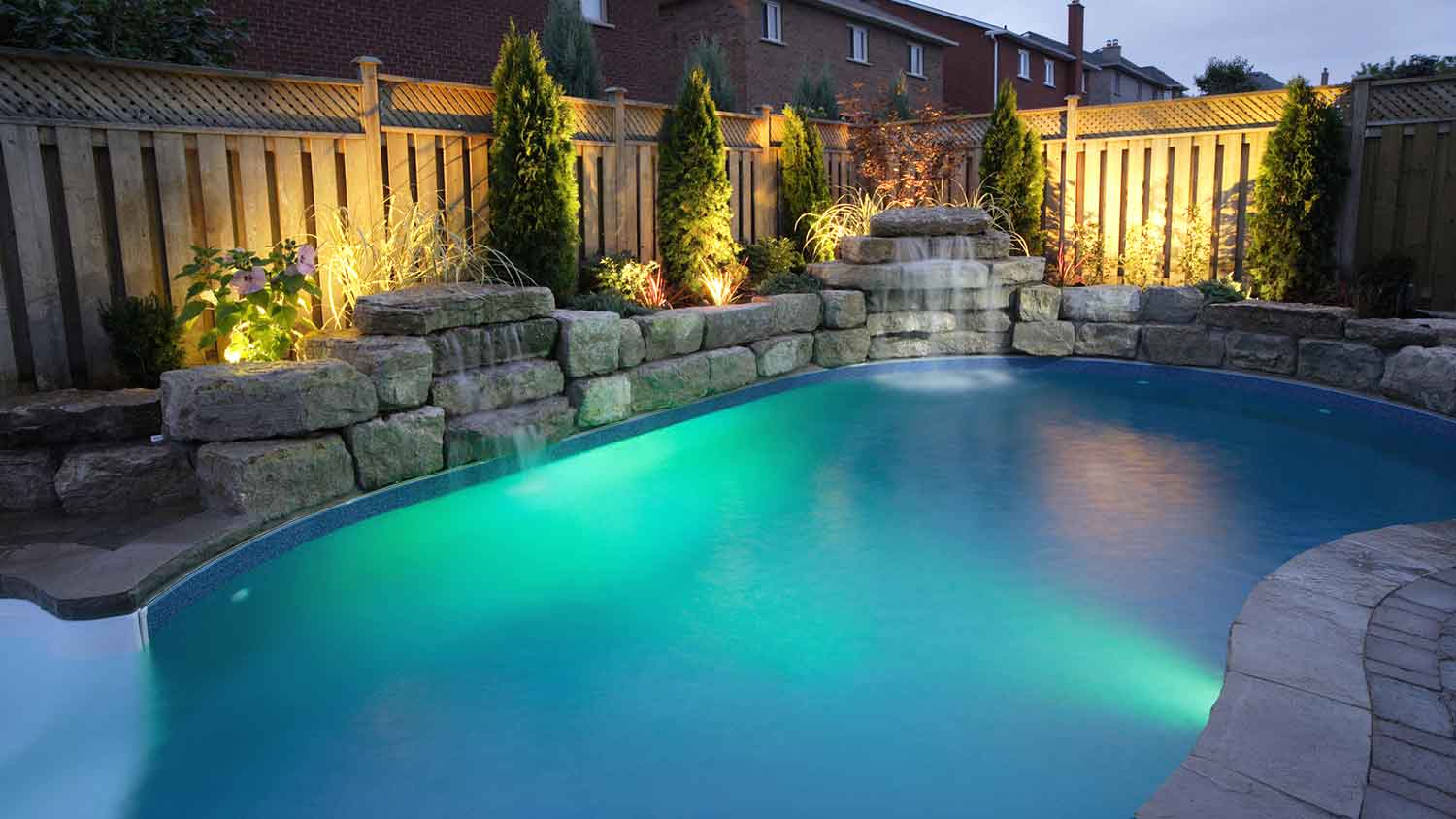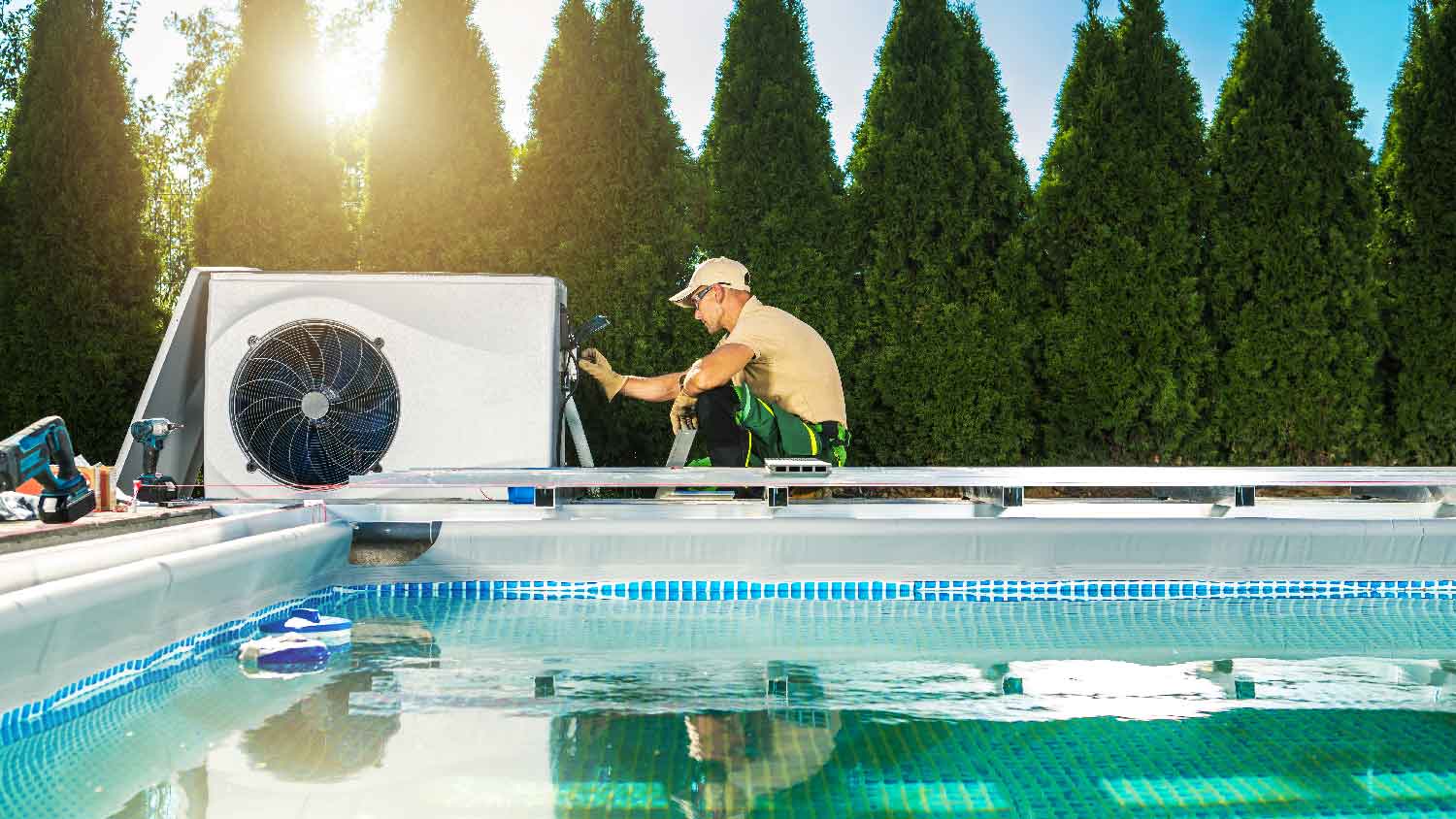
Pool resurfacing costs depend on factors such as pool size, material, refilling, whether your pool is above or below ground, labor, and more.
Pond maintenance costs an average of $2,000


Pond maintenance costs an average of $2,000 per year for four servicing visits, with most homeowners spending an average of $450 to $5,000.
Costs range from $250 for a single visit to over $5,000 for extensive maintenance.
Factors influencing cost include pond size, type, complexity, and additional features like waterfalls.
Regular maintenance keeps your pond clean and your koi healthy.
Hiring a pond maintenance professional can save time and ensure proper care.
This article was updated using automation technology and thoroughly reviewed for accuracy by HomeAdvisor Editor Ryan Noonan.
Pond maintenance costs an average of $2,000 per year for four service visits, with most homeowners spending from $450 to $5,000, depending on the size and complexity of your pond. A single visit may cost between $250 and $450. Regular maintenance keeps your pond clean and plants and fish in healthy condition, so be sure to budget accordingly.
Because ponds are exposed to the elements, they can become dirty quickly. Unclean, stagnant water can harm fish and aquatic plants and serve as a breeding ground for bacteria and algae that may make koi fish and other animals sick.
Regular cleaning and maintenance should be part of any pond maintenance schedule, and hiring a pond cleaning pro ensures the job is done properly.
The cost of pond maintenance heavily depends on the time of year, its location, size, whether you need to replace the water, and whether the structure has a liner. A single maintenance service visit costs between $250 and $450. However, larger bodies of water mean larger price tags. Here’s a closer look at how the pond maintenance cost factors break down.
Many companies charge different amounts to clean a pond based on its size. In most cases, pond maintenance contractors will charge by the day since it is hard to determine the water needs, sanitization, and the level of sediment removal. Other contractors charge based on how many gallons of water are present in the pond.
Indoor ponds are less expensive to clean because they are not as exposed to elements and debris as their outdoor counterparts. For example, an outdoor body of water might end up with bugs and leaves in it since it is near trees, and bugs often breed in the water. Since indoor ponds do not tend to have these problems, the monthly cleaning cost is as low as $30 to $40 a session.
Pond liners are essential for artificial bodies of water, preventing issues like land and chemical seepage from nearby terrain. However, pond liners can complicate the cleaning process, as vinyl, plastic, and rubber liners may tear under stress.
Pond cleaners must gently handle debris removal and water sanitation. Some liner materials can disintegrate when exposed to certain cleaning chemicals, potentially releasing harmful byproducts into the water. If you are unsure of the type of pond liner you have, consult a professional to ensure there are no interactions between the cleaning agents and the liner material.
Avoid adding chemicals to the water without confirming their safety for use with your liner. For minor damage, liner repair costs between $125 and $800.
Sometimes, excessive water and buildup require draining the pond. The process depends on the pond's square footage and the level of water removal needed, and the pond will need to be refilled afterward.
Filling a pond without natural sources like a well or nearby lake can be expensive. Homeowners can reduce costs by using a combination of rainwater, well water, and professional services.
| Square Footage | Cost to Drain | Cost to Refill |
|---|---|---|
| 80 | $800–$1,000 | $600–$1,000 |
| 160 | $1,000–$1,500 | $1,200–$1,800 |
| 300 | $1,400–$1,800 | $2,200–$2,600 |
| 500 | $1,800–$2,200 | $3,800–$4,500 |
Many people are willing to pay the price of installing waterfalls or fountains in their ponds because they are aesthetically pleasing and keep the water moving. However, the upkeep of these features can be costly. They require periodic maintenance and cleaning to stop clogs or contamination. Regular upkeep costs between $300 to $600 per year for professional cleaning and maintenance.
Winterizing your pond involves preparing your fish, plants, pumps, filters, and the rest of the pond for the arrival of winter. Homeowners may DIY this job, but it is always wise to hire professionals for help. Some of the steps involved include:
Switching fish to a cold-weather food
Trimming plants
Changing the water and adding a dechlorinator or bacterial additive
Pump removal
The whole winterizing process costs between $100 and $500, depending on your location and materials needed.
In addition to routine maintenance, your pond may occasionally need extra attention. Here are some common additional pond maintenance services that you might need.
Water testing: $100–$200
Pressure washing: $0.30–$0.80 per square foot
Pump repair: $50–$400
Dredging: $1.70–$2.50 per square foot
The average price for pond maintenance ranges between $450 and $5,000 per cleaning session. Remember, though, that the overall expense of cleaning and regular maintenance will vary based on the type of pond. The main factors affecting cost are size, the type of cleaning needed, whether there are fish in the pond, what kind of chemicals you are comfortable with, and what plants are present.
It costs an average of $500 to $1,500 to maintain a koi pond. However, the features you choose—as well as your location, property, inspection, maintenance, cleaning, and other elements—may push the price below or above this range.
Ponds with plants need flora-friendly chemicals that might add an extra $50 to $100 to regular maintenance expenses. Garden landscape ponds have a few considerations that could increase the cost unless they have aquatic plants. Maintaining a garden pond costs between $250 and $1,000 per year.
Natural ponds cost between $550 and $2,000 for maintenance. Additionally, using flora-friendly chemicals may add an extra $100 to $200 to the base cost. Natural swimming pools should avoid using the same chemicals that ponds with fish do not use. You cannot add some materials, like dechlorinators, which might make people ill.
Large ponds and lakes cost more money for regular maintenance because of their size. The basic rule of thumb is to calculate the square footage and then multiply that number by $1.70 to $2.50 to find the average square foot cost for maintenance.
Detention and retention ponds need the same maintenance as other types. Their size affects cleaning costs. A detention pond holds excess water during periods of rain or snow. They are dry and do not hold water for more than 24 hours. A retention pond is like the back of a dam. It holds extra liquid in case something happens to the main pond. On average, maintenance for detention or retention ponds ranges from $450 to $1,500.
While regular pond maintenance and cleaning can be a DIY task, it is often easier, more convenient, and safer to hire a professional pond cleaner. One of the main risks of DIY maintenance is using incorrect amounts or types of cleaners, which can harm fish, plants, or the pond environment. Professionals recommend products based on the pond's size and can perform more in-depth work, like dredging. Although professionals charge more, they provide their own chemicals and can save homeowners significant time and effort.
No place is more important than your home, which is why HomeAdvisor connects homeowners with local pros to transform their houses into homes they love. To help homeowners prepare for their next project, HomeAdvisor provides readers with accurate cost data and follows strict editorial guidelines. After a project is complete, we survey real customers about the costs to develop the pricing data you see, so you can make the best decisions for you and your home. We pair this data with research from reputable sources, including the U.S. Bureau of Labor Statistics, academic journals, market studies, and interviews with industry experts—all to ensure our prices reflect real-world projects.
From average costs to expert advice, get all the answers you need to get your job done.

Pool resurfacing costs depend on factors such as pool size, material, refilling, whether your pool is above or below ground, labor, and more.

It’s time to kick back and cool down for the summer. If you’re ready to make a splash, check out how much an in-ground pool costs with this guide.

Who installs above ground pools? Learn when to hire a pool installer vs. landscaper, what to expect, and the typical cost range.

Not sure who to call to fix a pool light? Learn why a pool repair service is best, what electricians can do, and what replacement costs.

Need to know who to call to fix a pool heater? See why a pool electrician is best for safe, code‑compliant pool heater repair—find a pro today.

Wondering who to hire to remodel a pool? Learn when to call a pool remodeling company vs. a pool installer, plus the steps pros take to transform your pool.